Two poets on Pat Metheny
The poets D.H. Jenkins and Stephen Bett on the jazz guitarist Pat Metheny
...The poets D.H. Jenkins and Stephen Bett on the jazz guitarist Pat Metheny
...“Community Bookshelf” is a twice-yearly space where writers who have been published on Jerry Jazz Musician can share news about their recently authored books and/or recordings. This edition includes information about books published within the last six months or so (March – September, 2024)
...“Community Bookshelf” is a twice-yearly space where writers who have been published on Jerry Jazz Musician can share information about their recently authored books.
...This is the 14th extensive collection of jazz poetry published on Jerry Jazz Musician since the fall of 2019, when the concept was initiated. Like all previous volumes, the beauty of this edition is not solely evident in the general excellence of the published works; it also rests in the hearts of the individuals from diverse backgrounds who possess a mutual desire to reveal their life experiences and interactions with the music, its character, and its culture.
....This collection of jazz poetry – the largest yet assembled on Jerry Jazz Musician – demonstrates how poets who are also listeners of jazz music experience and interact with the spontaneous art that arises from jazz improvisation, which often shows up in the soul and rhythm of their poetic language.
...…From “Fatha” Hines to Brad Mehldau, poets open themselves up to their experiences with and reverence for great jazz pianists…
...Co-author Mr. Edwards discusses his work with Henry Threadgill, widely recognized as one of the most original and innovative voices in contemporary music, and the winner of the 2016 Pulitzer Prize for Music.
...This edition features poetry chosen from hundreds of recent submissions, and from a wide range of voices known – and unknown – to readers of these collections. The work is unified by the poets’ ability to capture the abundance of jazz music, and their experience with consuming it.
...The author writes about his hometown of Lubbock, Texas, and some of the musicians and events that made up that city’s thriving music scene during the mid-20th century
...A broad collection of jazz poetry authored by an impressive assemblage of regular contributors and established poets new to this publication – all of whom open their imagination and hearts to the abundant creative experience they derive from this art.
...In this excerpt, the authors write about some influential midcentury Latin-themed dance albums.
...Over 60 poets from all over the world celebrate their love of jazz…in poetry.
.... . photo by William Gottlieb/Library of Congress Mary Lou Williams, c. 1938 . . ___ . . Opus for Mary Lou By John Bliss . …..“Baloney Bliss,” Mary Lou Williams said, lacing into my father. …..Mary Lou was Black and brought a spiritual magic into my white world. Her nose was petite like an … Continue reading ““Opus For Mary Lou,” a true jazz story by John Bliss”
...“It’s not exclusive, but inclusive, which is the whole spirit of jazz.”
-Herbie Hancock
.
And…this spirit is not limited to the musicians, because celebrating jazz is rich in creative opportunity for writers and visual artists as well. The 54 poets who contribute to this poetry collection are living proof of that.
As always, thanks to the poets, and I hope you enjoy…
Joe
...Kevin Whitehead, the longtime jazz critic for NPR’s Fresh Air, discusses jazz music and the movies – the “natural allies” that both grew out of existing creative traditions, and, since the mid-1920’s have told stories about “child prodigies, naturals who pick up the music the first time they hear it, hard workers with a painstaking practice regimen, talented players diverted into soul-killing commercial work, and even non-improvisers taught to fake it.”
...I grew up in a household where music was second nature, always present, ingrained. My mother could sight read well and played not only classical pieces on the piano (Schumann, Liszt, Chopin) but show tunes—the full range of Gershwin, Cole Porter, Rogers and Hart, Irving Berlin, which she and I sang together.
.... . “Clifford Brown” is a painting by Warren Goodson, a Saxapahaw, North Carolina artist whose work is driven by his appreciation for Black culture. With his gracious consent, Mr. Goodson’s art is featured throughout this collection. . . _____ . . “Poetry is eternal graffiti written in the heart of everyone.” -Lawrence Ferlinghetti … Continue reading “A Collection of Jazz Poetry — Summer, 2020 Edition”
...In the introduction to The Music of Time: Poetry in the Twentieth Century, the T.S. Eliot prize-winning poet, novelist and memoirist John Burnside writes; “Can poetry save the world, as [poet Lawrence] Ferlinghetti suggests? This will sound quixotic, but I have to say, not only that it can, but that it does.” The introduction to the book – excerpted here in its entirety – is Burnside’s fascinating conversation concerning the idea of how poets respond to what the Russian poet Osip Mandelstam called “the noise of time,” weaving it into a kind of music.
...Jazz music — complex, ground breaking and brilliant from its early 20th century beginnings — would eventually become America’s popular music. That it did so in the face of the severe obstacles of blatant racism and sexism, organized crime and corrupt labor exploitation so prevalent in America at the time is at the heart of historian Gerald Horne’s new book, Jazz and Justice: Racism and the Political Economy of the Music.
...Being slight of build and juvenile looking was a mixed blessing for Alicia. On the one hand, people tended to be cloyingly condescending towards her – as if she were nine years old instead of seventeen.
...Gary Giddins, his generation’s most eminent jazz writer and author of the award winning biography Bing Crosby: A Pocketful of Dreams: The Early Years, 1903 – 1940, talks with us about his brilliant second book on Crosby, Swinging on a Star: The War Years, 1940 – 1946. The interview is a fascinating read — a virtual history of Crosby’s life and his impact on America during its most consequential decade. Featuring photos, music and film clips, and information about Giddins’ experience studying Crosby for 25 years.
...“Reminiscing in Tempo” is part of a continuing effort to provide Jerry Jazz Musician readers with unique forms of “edu-tainment.” As often as possible, Jerry Jazz Musician poses one question via e mail to a small number of prominent and diverse people. The question is designed to provoke a lively response that will potentially include the memories and/or opinion of those solicited.
What was the first motion picture you saw (in a theater) without your parents, and what do you recall about the experience? Jeff “Tain” Watts, Matthew Shipp and Pete Escovedo are among the contributors…
...Disparity in River City
THE MUSIC MAN (1962):
Robert Preston,
the picture’s star,
extols “76 Trombones”,
spots “Trouble in River City”,
earning immortality in the process.
Lost Sounds is the first in-depth history of the involvement of African Americans in the earliest years of recording. It examines the first three decades of sound recording in the United States, charting the surprising role black artists played in the period leading up to the Jazz Age.
Applying more than thirty years of scholarship, Tim Brooks identifies key black artists who recorded commercially in a wide range of genres and provides revealing biographies of some forty of these audio pioneers. Brooks assesses the careers and recordings of George W. Johnson, Bert Williams, George Walker, Noble Sissle, Eubie Blake, the Fisk Jubilee Singers, W.C. Handy, James Reese Europe, Wilbur Sweatman, boxing champion Jack Johnson, as well as a host of lesser-known voices.
...Loren Schoenberg is a noted conductor, saxophonist and author who has appeared internationally and won the 1994 Grammy Award for Best Album Notes. He has recorded several albums with his own big band, and also with Benny Goodman, Benny Carter and Bobby Short. He is on the faculties of the Juilliard School, the Manhattan School of Music, Jazz at Lincoln Center’s Essentially Ellington Band Director’s Academy, and is program director of the Jazz Aspen Snowmass Jazz Colony and is Executive Director of The Jazz Museum In Harlem.
He is the author of The NPR Curious Listener’s Guide to Jazz, a book Wynton Marsalis describes as a “thorough guide to the music from a few basic perspectives: what it is and how it’s made, its history, the people who made and continue to make it, some suggestions on how to approach it — and a whole pile of ideas.”
...American Popular Standards have become a vital part of our cultural heritage. They are the show tunes of Broadway and Hollywood, which – taken up by swing bands, jazz singers, and countless other performers of every description – were for decades the sound of popular music.
...When Gary Giddins, the jazz critic and columnist for the Village Voice, began work on an in-depth biography of Bing Crosby, many asked him, “Why?” He has explained that Crosby, perhaps the most famous entertainer in America between 1927 and 1956, has been unjustly forgotten since his death in 1977.
...

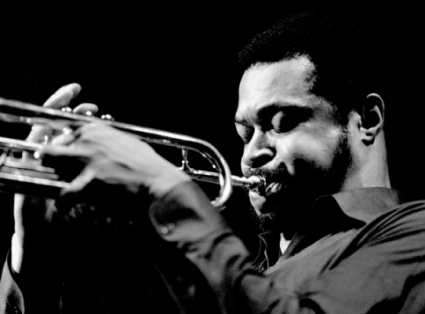
”Every Time” by Michel Krug
The Sunday Poem is published weekly, and strives to include the poet reading their work.... Michel Krug reads his poem at its conclusion
Click here to read previous editions of The Sunday Poem


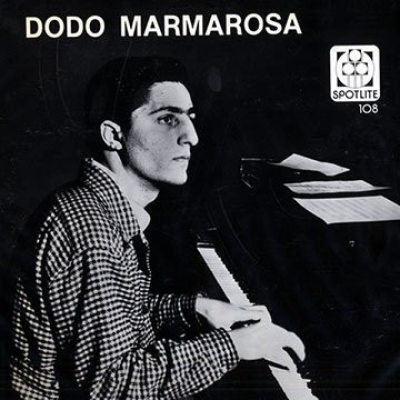
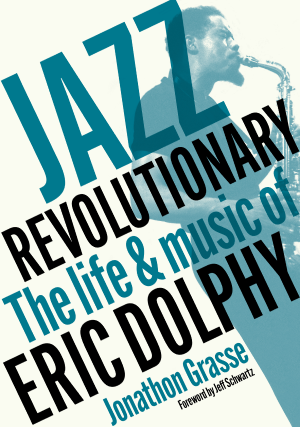
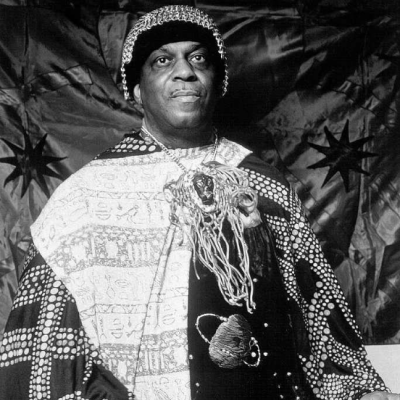
Click here to read more short fiction published on Jerry Jazz Musician
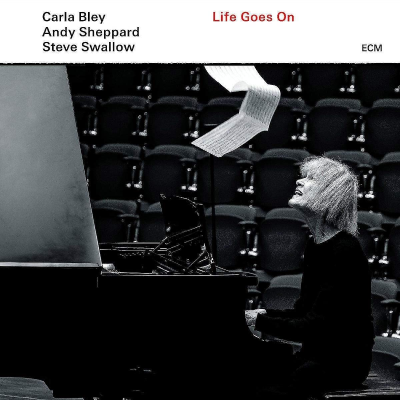

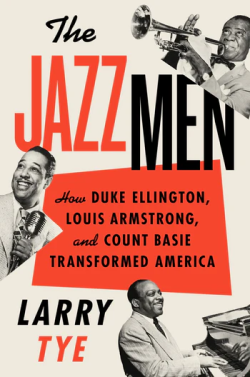
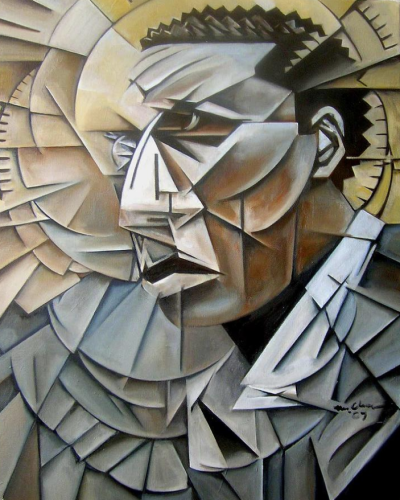
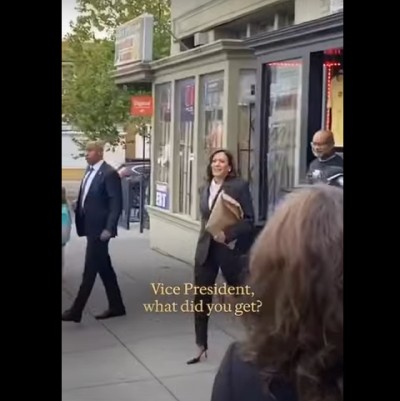

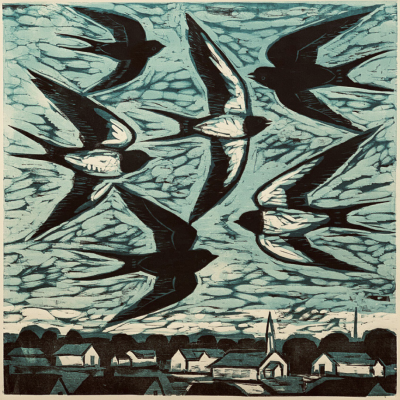
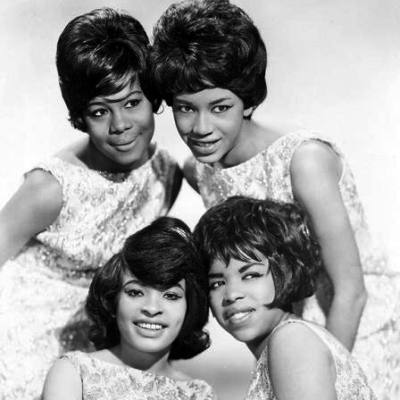

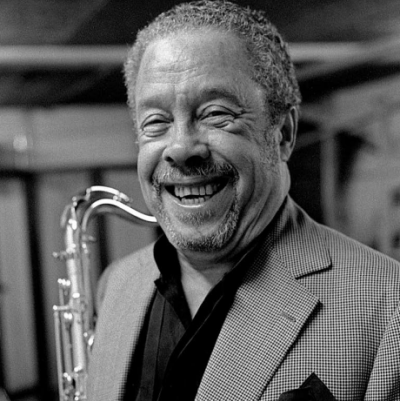
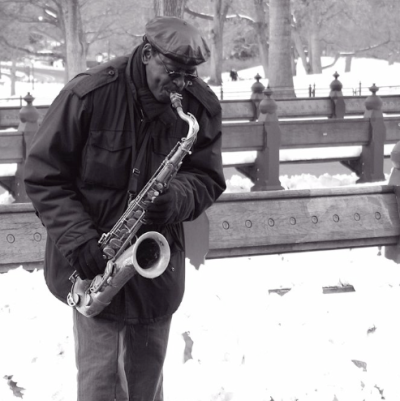
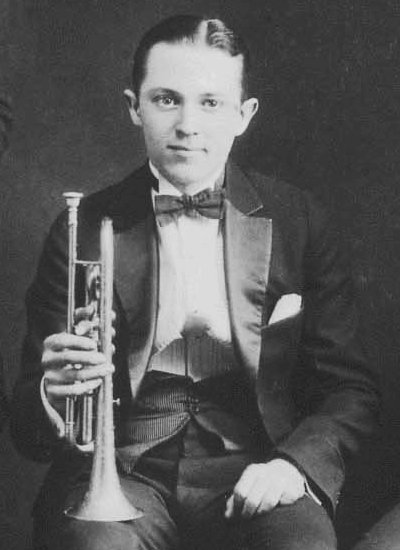
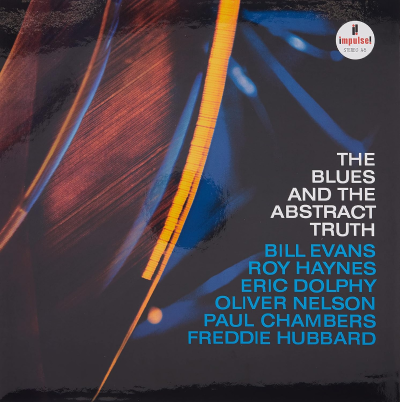
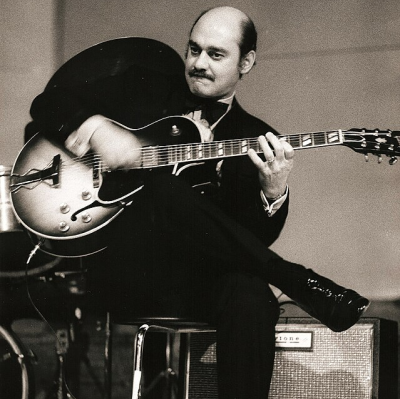
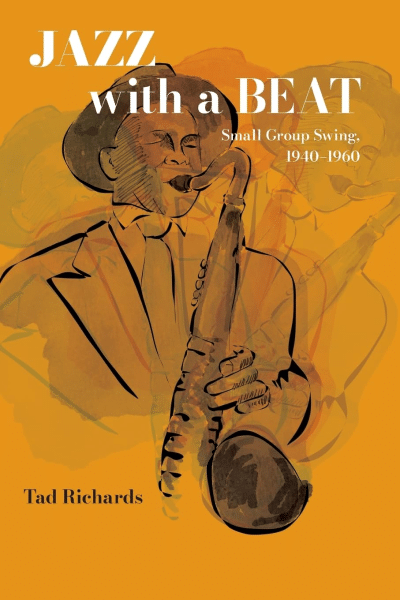
Click here to read more book excerpts published on Jerry Jazz Musician
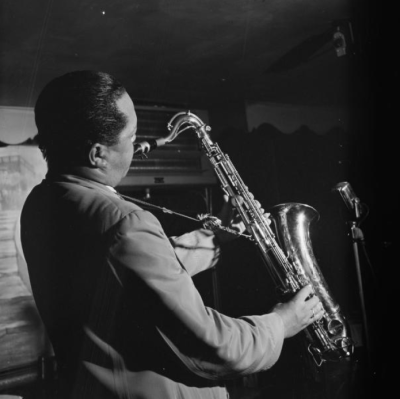
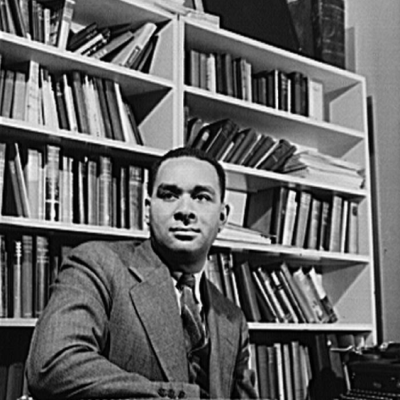




Dear Readers:
Reader funding helps support the expense of publishing this website, and to keep it free of advertising – which is a rarity in the dot-com world. Many thanks to those who have recently contributed, and to those who have done so multiple times. Your support is very much appreciated.
If you are able, please consider making a contribution? Information regarding how to do so is found by clicking here.
For viewing my long range vision for Jerry Jazz Musician, please click here.
Thank you!
Joe Maita
Editor/Publisher
,

